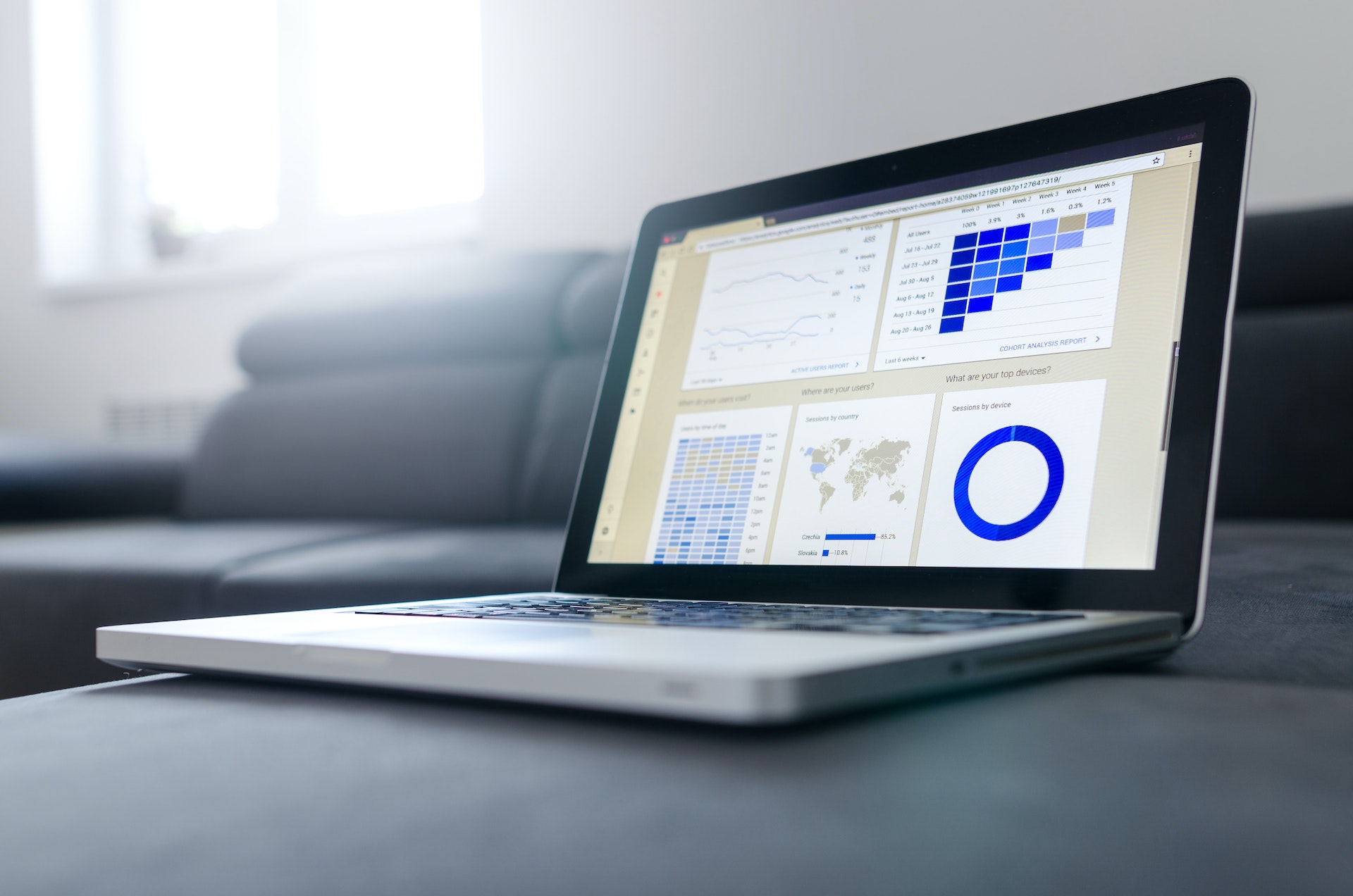So you’ve designed and built a spectacular website. You are happy with the colours, fonts and how your products appear. But how do you know if your site is any good?
This is made easy, in theory, with Google Analytics, which runs in the background of a website and offers a plethora of stats and reports, which allows you to analyse your website’s performance.
Unfortunately you can sometimes have too much of a good thing. You will be quick to learn that Google Analytics reports are vast and you can find yourself bogged down trying to wade through the sea of information, statistics and reports.
So for the sake of keeping things simple and not losing an entire day knee deep in data, it is worth concentrating on the following 5 Google Analytic reports.
1. Mobile Overview Report
Audience > Mobile > Overview
As the majority of web surfing is done via mobile phone, this report should be on the top of your list.
This report is useful as it allows you to determine pain points users may have with the mobile version of your site as well as web running speed. If you are underperforming here it won’t be long before consumers are looking elsewhere.
Also Google will penalize you in its rankings if you are under performing on mobile devices.
2. Channels Report
Acquisition > All Traffic > Channels
This is also a must-have report as it allows you to track where your traffic is coming from specifically paid versus unpaid channels- organic, paid, direct, referral, and even social media. From there, you can see how many users you’ve had, how long they stayed on your page, and if they converted on your site based on goal tracking.
This report is useful for determining how to allocate marketing spend in terms of what paid advertising is working as well as what social media channels you should be developing to capture more more of your target market
3. Navigation Summary
Behavior > Site Content > All Pages > Navigation Tab
Another essential report is the Navigation summary, which allows you to track a consumer’s journey through your site. This report shows which paths they take to get to certain URLs on your site, as well as where they go when they leave your site.
From these reports you can then fine tune your site to make certain things more accessible for your customers as well as improving the flow of your site by removing unnecessary steps.
4. Landing Pages Report
Behavior > Site Content > Landing Pages
Another useful report, Landing Page Reports allows you to determine which pages are most often landed on, how long customers stay as well as where they have come from.
Again very useful as you can determine how many goal conversions are occurring at a page level as well as how long customers are staying on the page. If they are leaving with haste you may want to consider redesigning the page or changing the the content
5. Goal Overview Report
Conversions > Goals > Overview
Possibly the most important report you can run. The Goal Overview Report allows you to set up specific interactions such as brochure downloads or form submissions, to track as goals.
You can also see what pages are leading to goal conversions as well as which of your channels are contributing to your conversions. You can also compare against historical data to ascertain what you are doing right and the areas that need improvement.
#Best practice google reports
Happy tracking!


